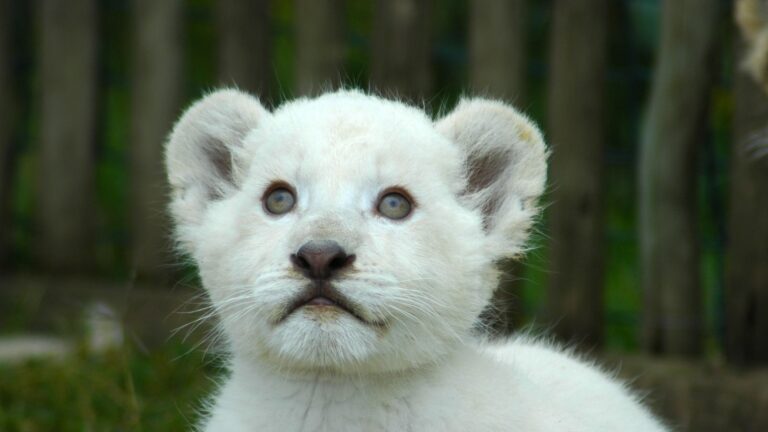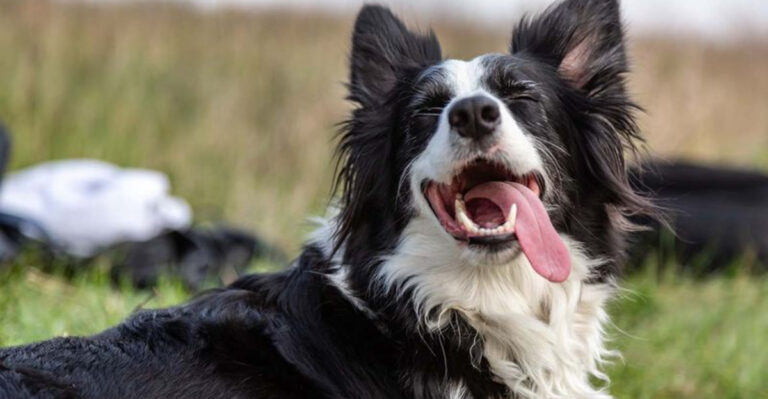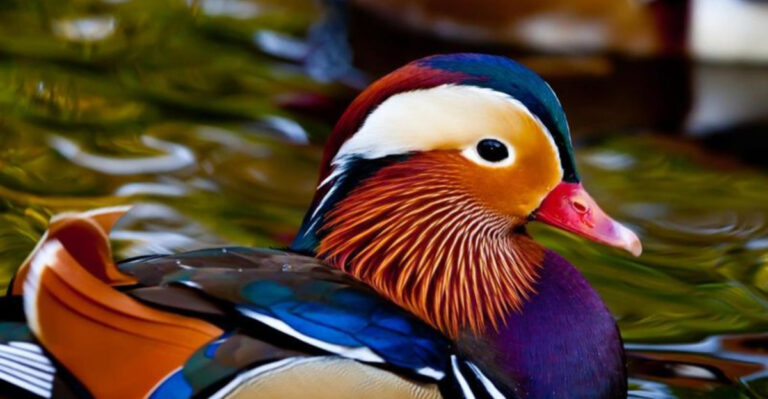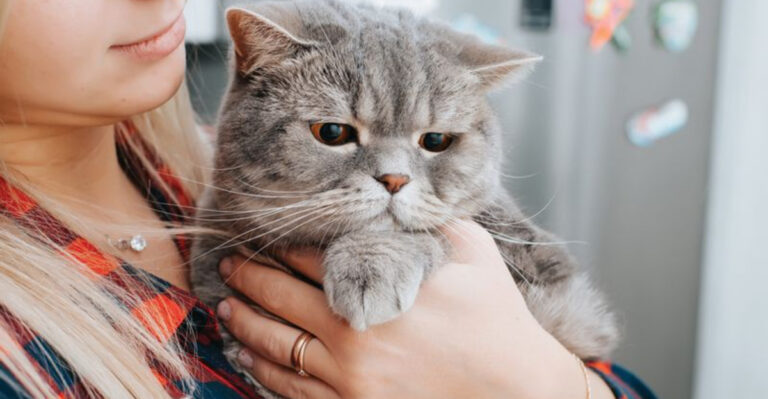15 Reasons Why Dogs Chase Their Tails
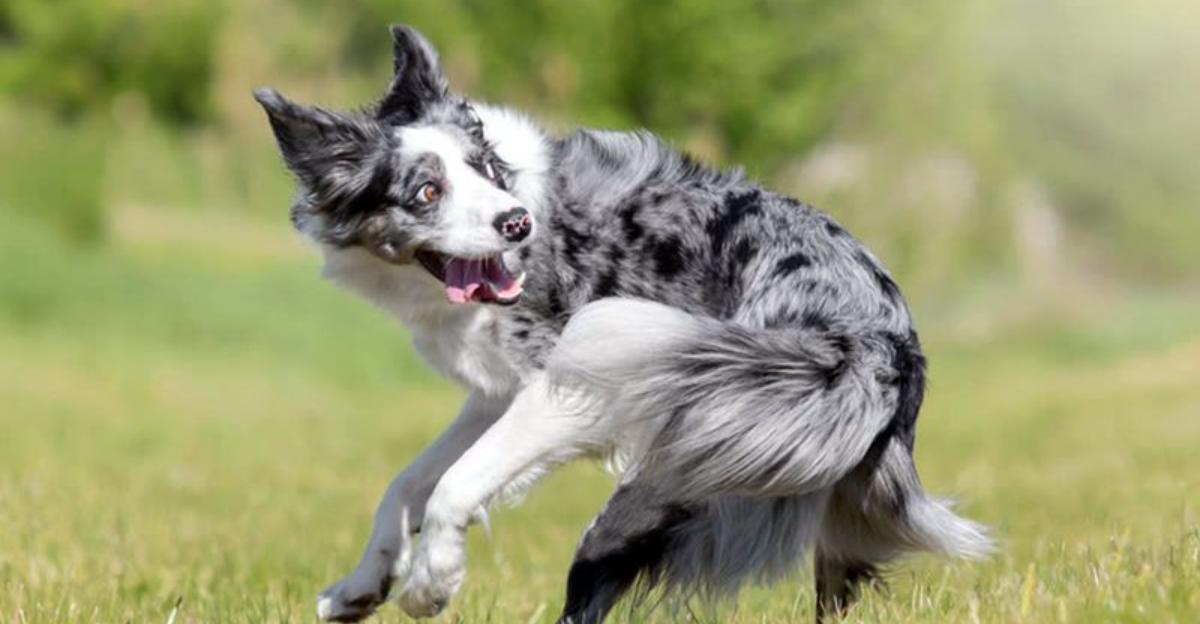
Ever seen a dog spinning in circles, chasing its tail like it’s the most exciting game ever?
It’s a quirky and sometimes puzzling behavior that dogs seem to enjoy. But why do they do it? Is it just for fun, or is there more to this dizzying dance?
1. Boredom
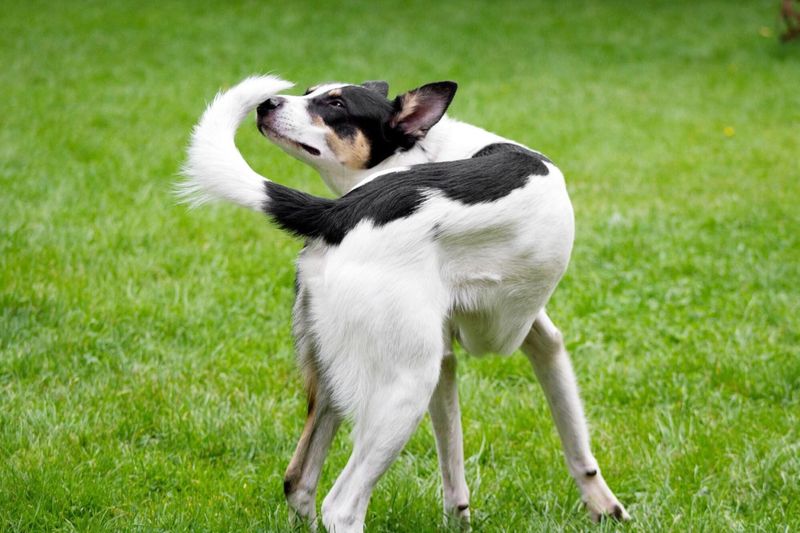
Dogs, like us, get bored. When there’s no one around to play with, they might turn to their tails for some entertainment. Spinning in circles can be their way of saying, “Hey, I’m looking for some fun!”
It’s a simple yet effective way to blow off some steam. Ever noticed how a bored dog suddenly bursts into action? Tail chasing is just another creative outlet.
2. Attention Seeking
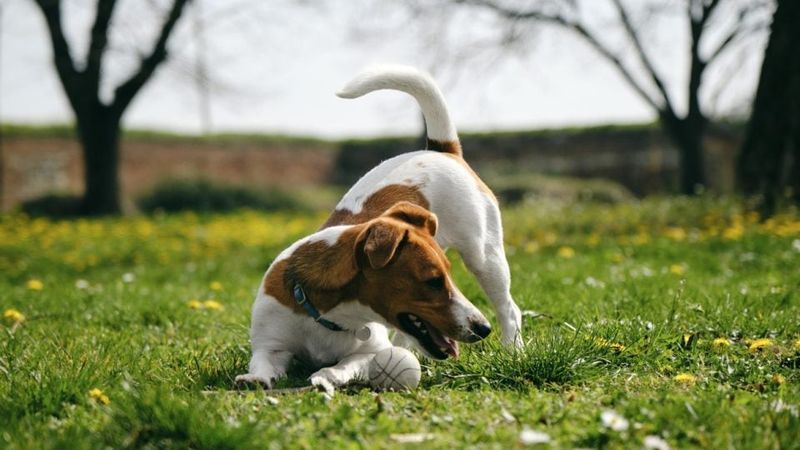
Sometimes, it’s all about the audience. Dogs are astute observers and know how to entertain. If they notice that chasing their tails gets a reaction from their human companions, they might do it more often.
It’s their way of saying, “Look at me!” When a dog spins around and sees you smiling, it’s a win-win for attention-seeking pups.
3. Fleas Or Irritation
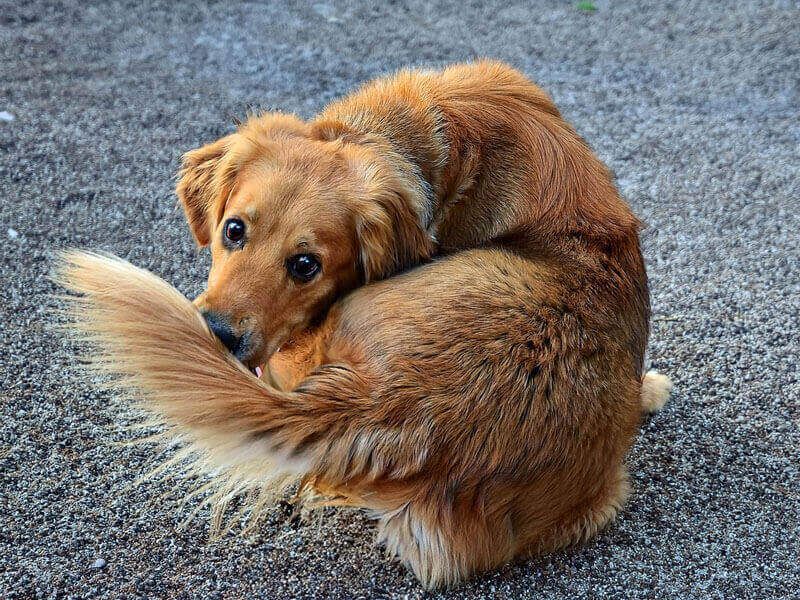
An itch that can’t be scratched? That’s a tail’s job! Dogs might start chasing their tails if they feel an itch or irritation. Fleas, ticks, or even mild dermatitis can make their tails the focus of attention.
If you see your dog chasing its tail and biting at it, a quick check might reveal a need for some flea control or a vet visit.
4. Curiosity
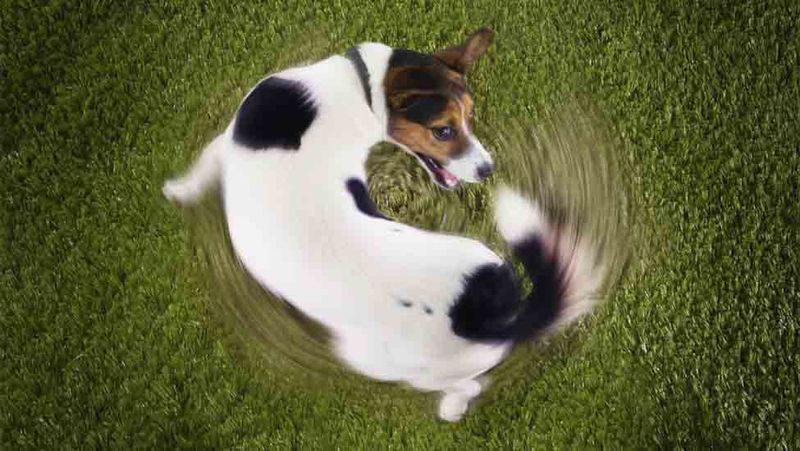
For inquisitive pups, their tail can be a source of endless curiosity. It’s always there, moving just out of reach. This mysterious appendage can become a subject of fascination.
Dogs might chase their tails simply because they’re intrigued by this furry part of themselves that seems to have a life of its own. Curiosity doesn’t always kill the cat; sometimes, it spins the dog!
5. Instinctual Behavior
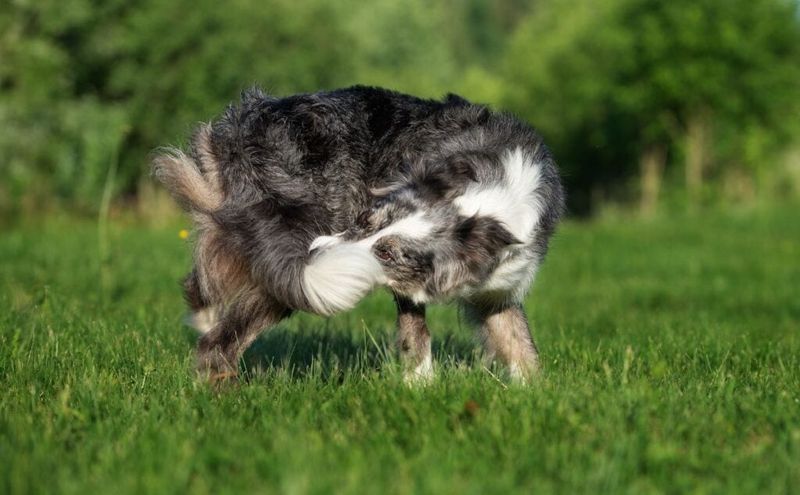
There’s something primitive about chasing a tail. It harks back to their ancestors’ hunting and survival instincts. While pet dogs don’t need to chase prey like wild canines, their tail can become a stand-in.
This instinctual behavior is deeply embedded, showcasing their roots. It’s not about catching anything more than a fleeting sense of wild freedom.
6. Compulsive Disorder
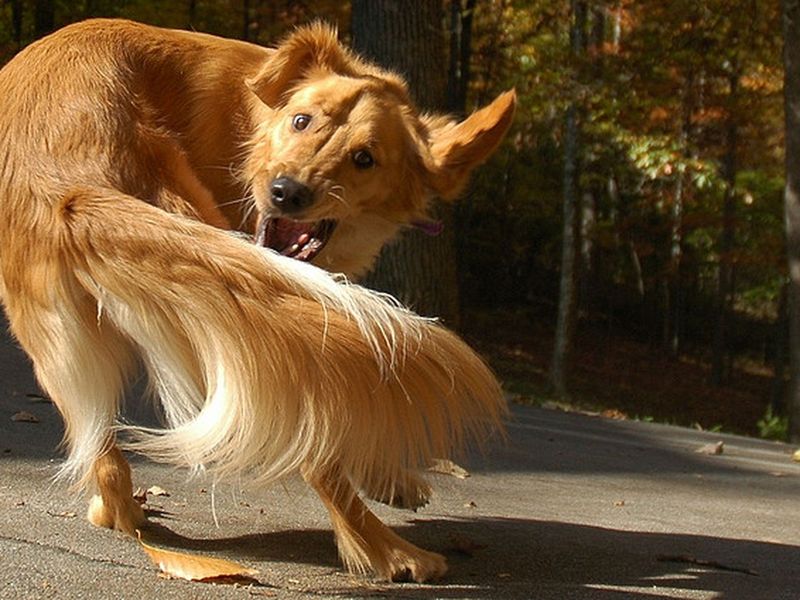
Sometimes, tail chasing can be more than just a game. Some dogs develop compulsive habits, much like humans biting their nails. This behavior might indicate anxiety or stress.
If a dog compulsively chases its tail, it could be time for a vet visit. It’s essential to differentiate between playful spinning and a compulsive cycle that a dog can’t break free from.
7. Playfulness
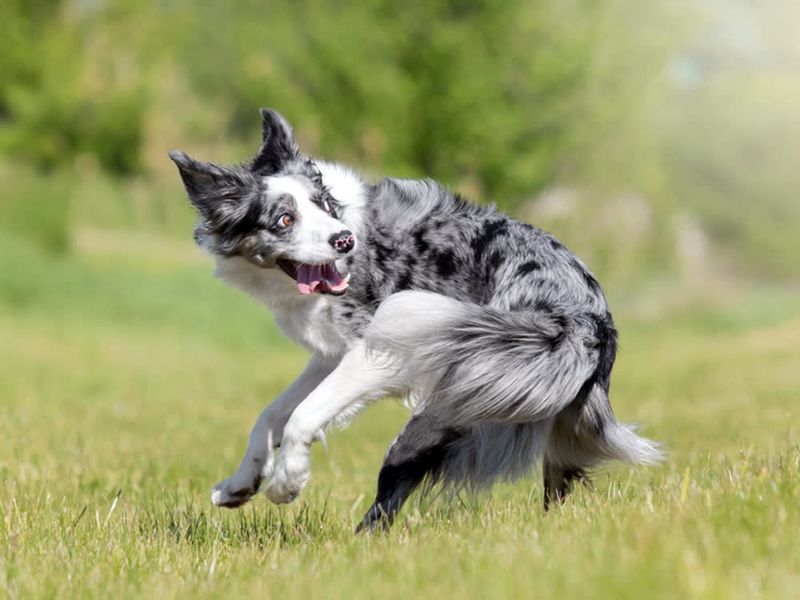
For many dogs, chasing their tails is simply a game. It’s an activity that keeps them engaged and entertained. Young puppies, in particular, are known for their playful nature and boundless energy.
They see their tails as toys that are always within reach. Remember, what looks like a dizzying dance to us can be a delightful diversion for a lively pup!
8. Exercise
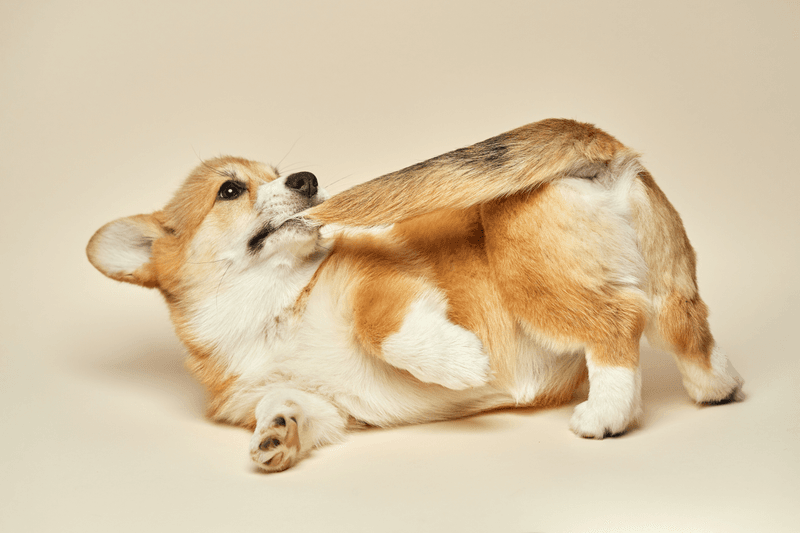
When dogs can’t go for a walk, they might make their own exercise routine. Chasing their tails is an effective way to burn off energy. It might look silly, but it’s a practical method for them.
This spontaneous workout gets their heart rate up when a run in the park isn’t possible. Dogs are resourceful when it comes to finding ways to stay active!
9. Puppyhood Habits
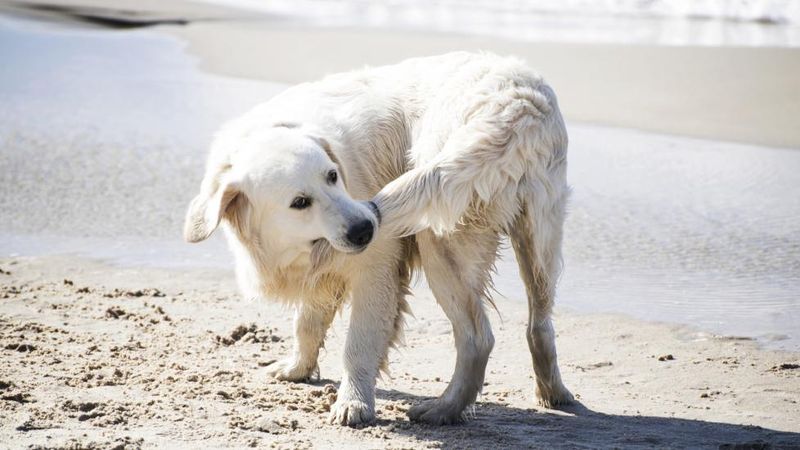
Puppies are like little explorers in a big, new world. Discovering their tails is part of their growth. It’s all about learning and interaction.
Chasing their tails can be a playful habit they pick up early. It’s a rite of passage for many young dogs. This childhood behavior often fades as they grow, but the memory of those playful spins remains.
10. Herding Instincts
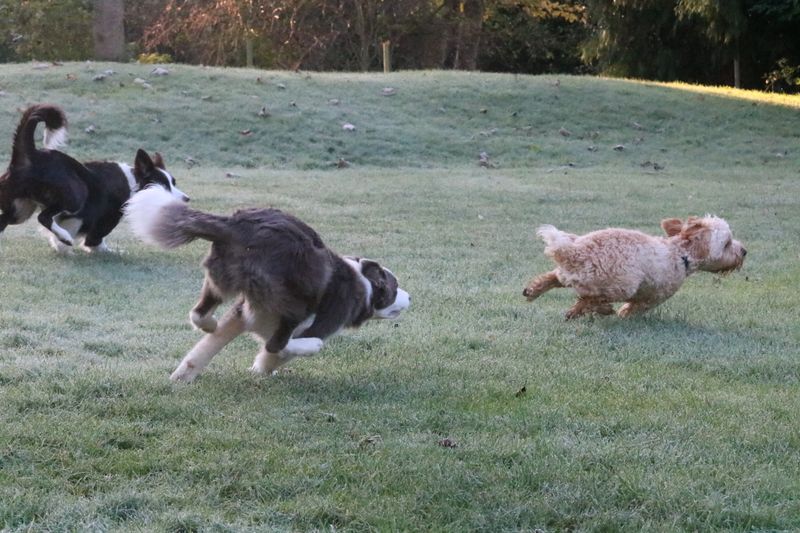
For breeds with strong herding instincts, tail chasing might mimic the act of rounding up livestock. This innate behavior can be amusing when directed at their own tails.
Herding dogs are known for their intelligence and energy, and spinning in circles can be their way of simulating work. It’s a glimpse into their natural talents being channeled in unexpected ways.
11. Dietary Deficiencies
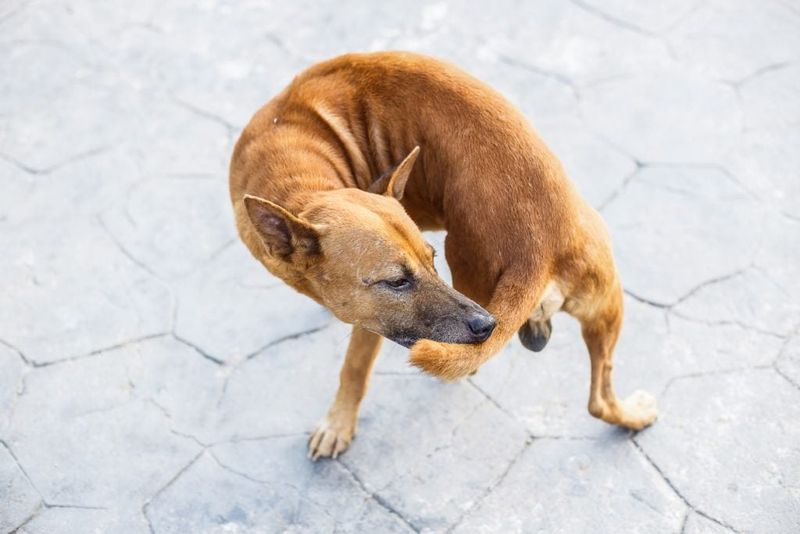
Sometimes, what a dog eats or doesn’t eat can manifest in unusual behaviors like tail chasing. Nutritional imbalances might leave them feeling restless or hyperactive.
It’s crucial to ensure that a dog’s diet meets all their needs. A balanced diet can help curb such behaviors, ensuring they have the right energy levels to chase after more exciting pursuits.
12. Overexcitement
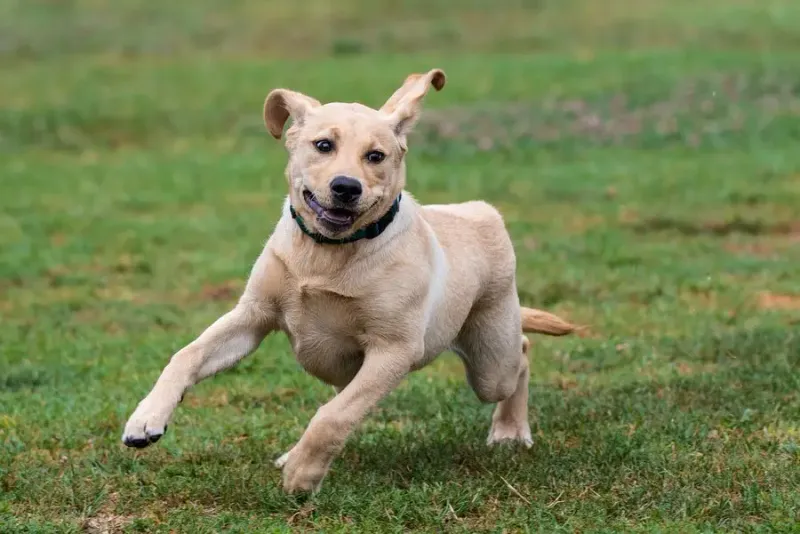
Some dogs express their excitement in spins and loops. Tail chasing can be a way for them to release that burst of energy when they’re thrilled.
Whether it’s the excitement of seeing their favorite person or anticipating a treat, that wagging tail becomes a target. It’s all part of a joyful expression that adds a whirl of fun to their excitement.
13. Training And Tricks

Did you know some dogs are trained to chase their tails on command? It can be a fun trick that entertains both humans and dogs. It’s a neat party trick that never fails to amuse.
Training a dog to chase its tail can foster bonding and provide mental stimulation. What starts as a simple spin can become a showstopper in a dog’s repertoire of tricks.
14. Medical Issues
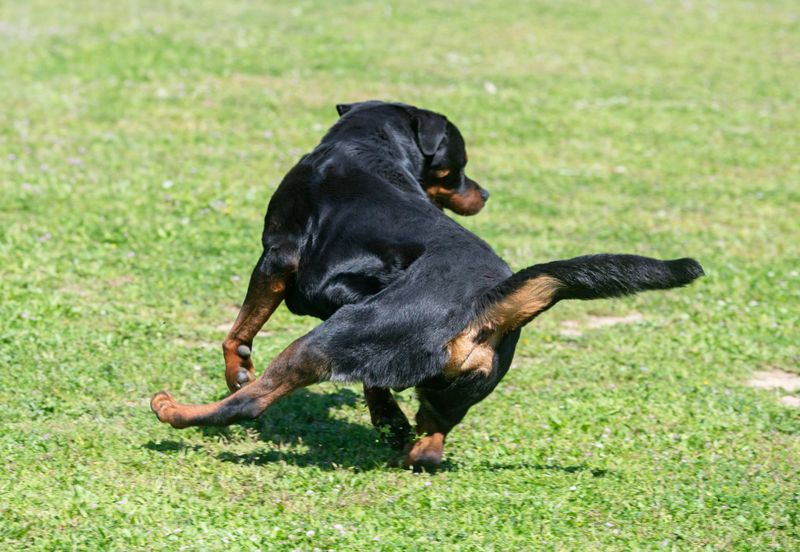
Occasionally, tail chasing might signal an underlying medical issue. Dogs could be trying to communicate discomfort or pain in the tail area. It’s their way of telling their humans that something’s not right. If your dog suddenly starts obsessively chasing its tail, a vet visit could be in order. It’s always better to be safe and ensure your furry friend’s health.
15. Joy And Happiness
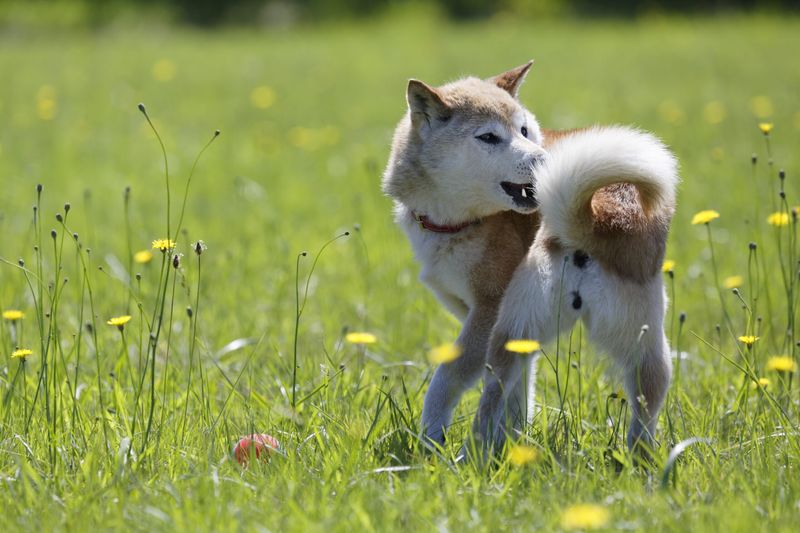
Sometimes, the simplest explanation is the best. Dogs might chase their tails purely out of happiness. It’s an expression of their joy, a celebration of life in its simplest form.
When a dog feels content and carefree, a spontaneous tail chase might follow. It’s a playful dance that embodies their zest for life and enthusiasm for every moment.

